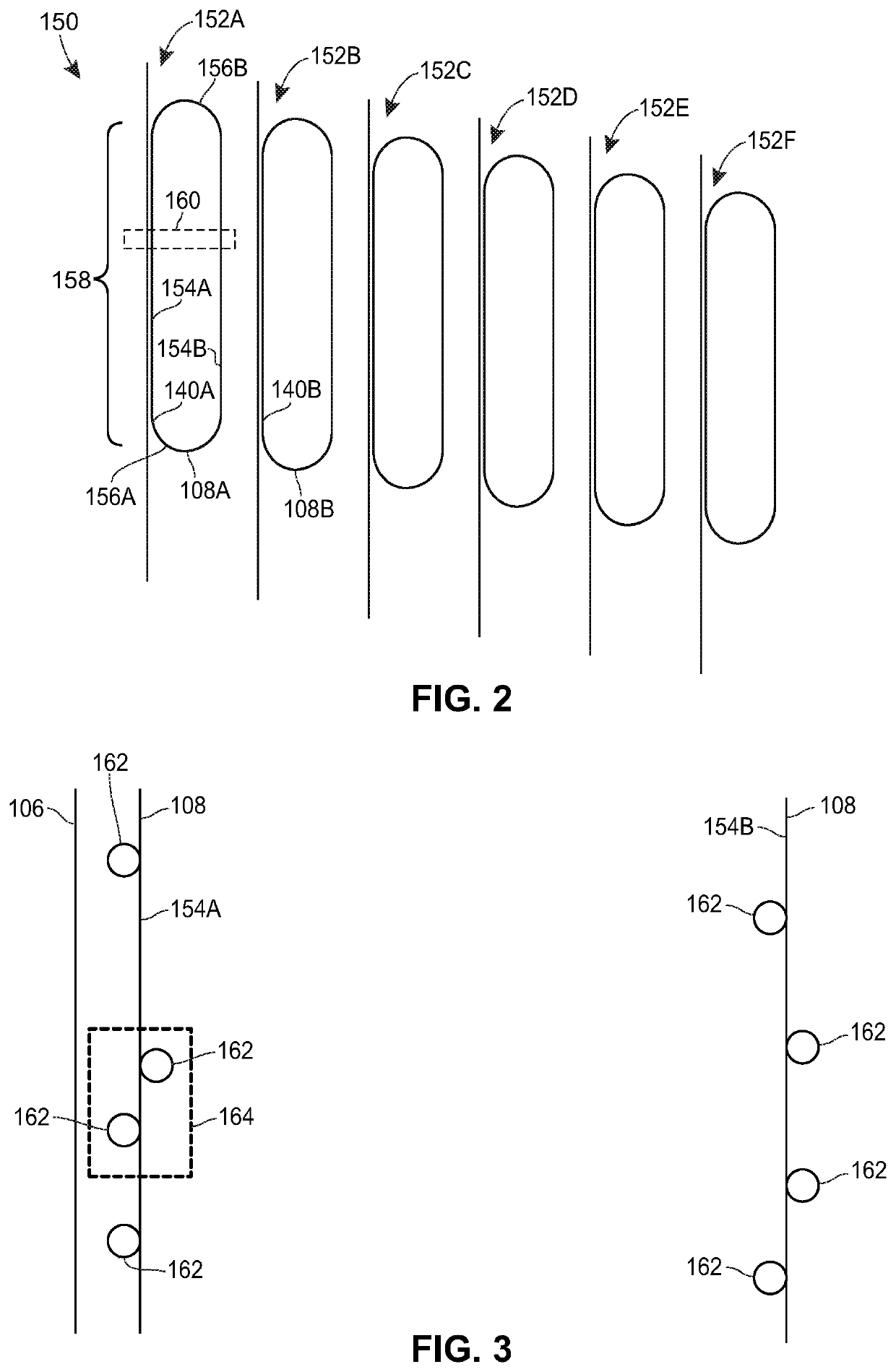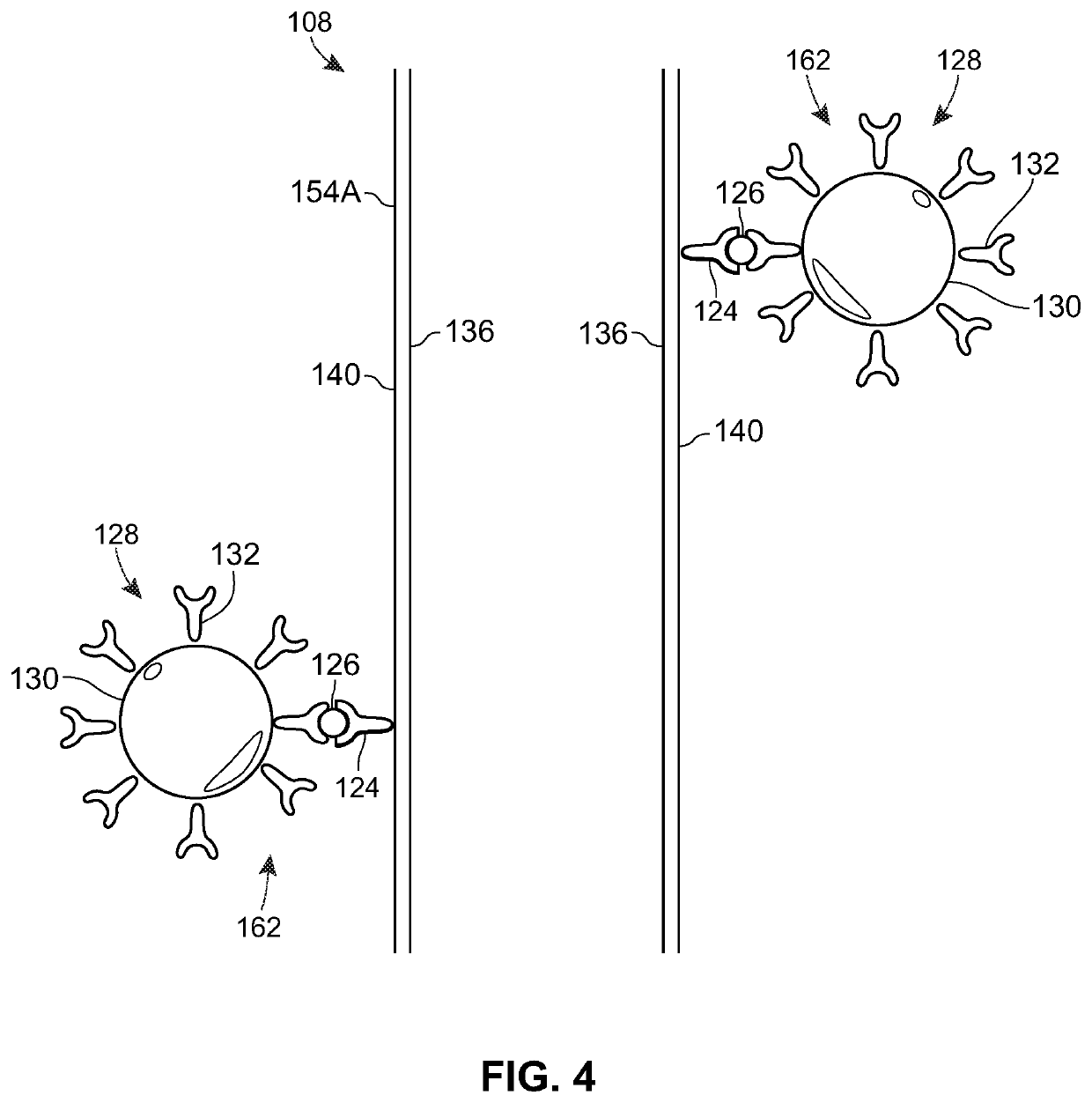System and Method for Secondary Amplification of Refractive Detection Signals
a secondary amplification and refractive detection technology, applied in the field of refractive measurement, can solve the problems of special detection limits and improve sensitivity by a set amoun
- Summary
- Abstract
- Description
- Claims
- Application Information
AI Technical Summary
Benefits of technology
Problems solved by technology
Method used
Image
Examples
Embodiment Construction
[0028]Methods and systems in accordance with the present description overcome the limitations of detection using only primary binding of the analyte by implementing a secondary binding stage to amplify the change, associated with the analyte, in the index of refraction. Specifically, secondary materials are chemically designed with detection chemistry (e.g., molecular or immunological) for the desired analyte. The secondary materials are specifically chosen to have a large difference in the index of refraction, relative to the carrier medium (e.g., a fluid carrying the analyte) and the analyte, at the relevant detection wavelength. The secondary detection material is then used to selectively bind to the analyte, which has been selectively concentrated in the near environment of the sensor.
[0029]By providing an additional and controllably larger change in the index of refraction, the secondary material increases the associated change of refractive index due to the analyte binding to ...
PUM
 Login to View More
Login to View More Abstract
Description
Claims
Application Information
 Login to View More
Login to View More - R&D
- Intellectual Property
- Life Sciences
- Materials
- Tech Scout
- Unparalleled Data Quality
- Higher Quality Content
- 60% Fewer Hallucinations
Browse by: Latest US Patents, China's latest patents, Technical Efficacy Thesaurus, Application Domain, Technology Topic, Popular Technical Reports.
© 2025 PatSnap. All rights reserved.Legal|Privacy policy|Modern Slavery Act Transparency Statement|Sitemap|About US| Contact US: help@patsnap.com



